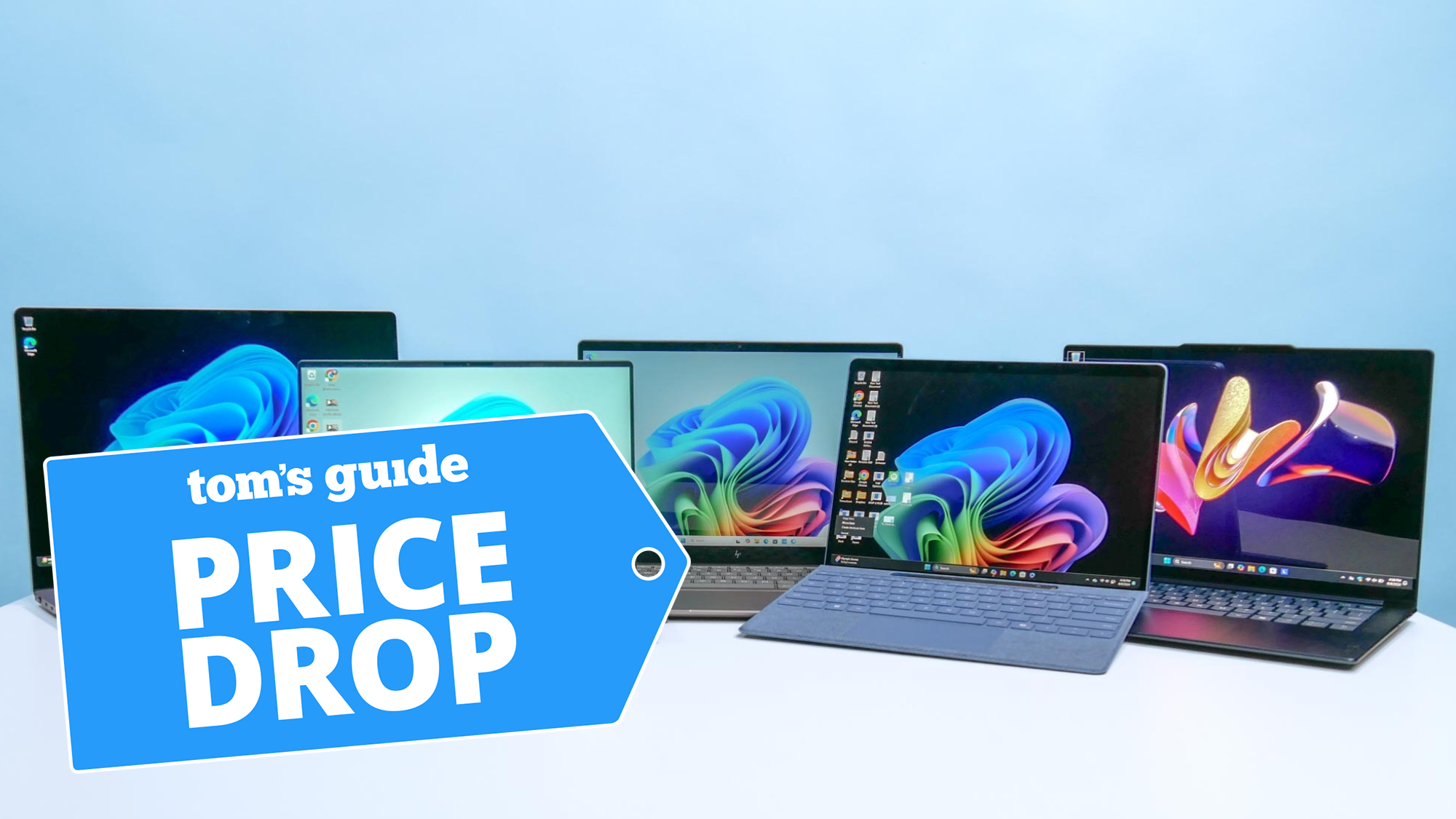Google Stadia — 3 big reasons why it failed
Google Stadia was a solution in search of a problem
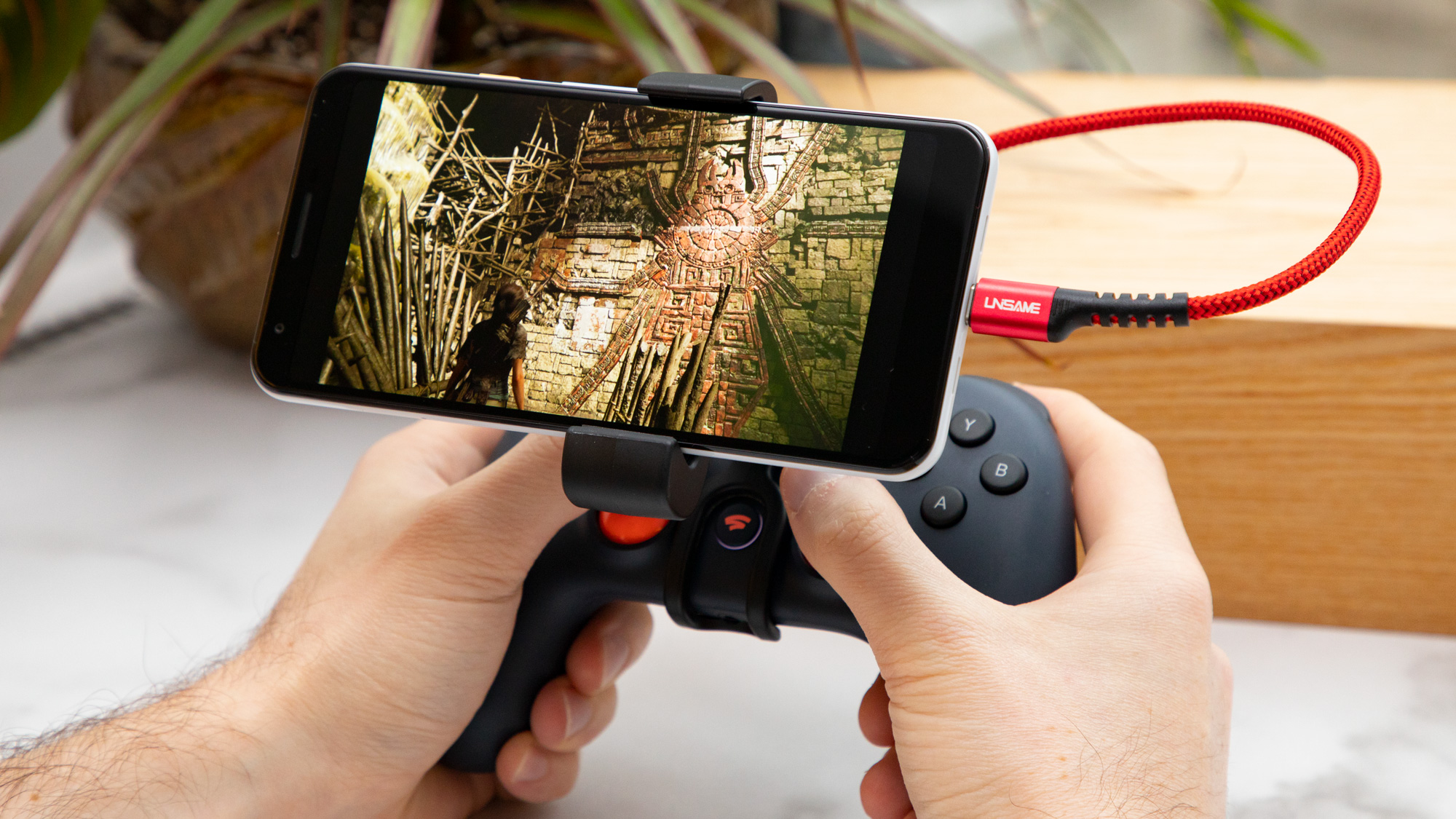
Last year, I argued that Google Stadia was never going to work. Today, my prediction finally came true. Google Stadia is shutting down, and come January 2023, the service will be gone for good. This is bad news for Stadia fans, but an interesting case study for the rest of us. It’s not enough to simply offer a product that works well; you also need to know your audience.
While we may never know exactly why Google Stadia failed, we can at least analyze all the missteps it made along the way. From launching in an incomplete state, to not keeping up with its competitors, to jettisoning the one feature that could have made it unique, Stadia is a perfect example of how to be ahead of the technological curve — and then get almost everything else wrong.
In the grand scheme of things, it’s perhaps not shocking that Stadia met its demise, given how many other products and services have been unceremoniously Killed by Google. But what is interesting is that cloud gaming in general has thrived, even as Stadia is on the cusp of fading away forever.
Stadia’s three big problems
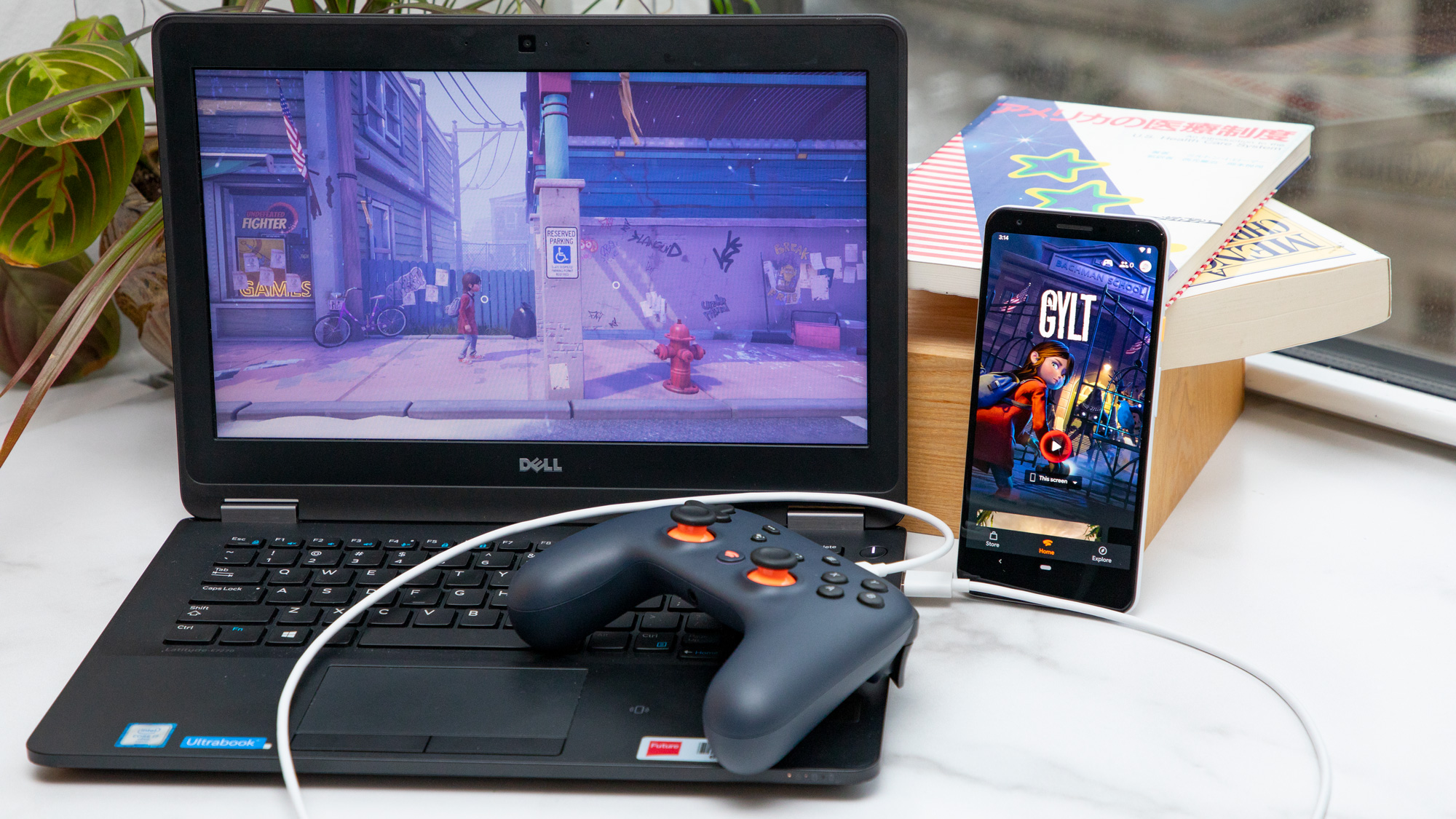
I wrote a Google Stadia review when the product launched, played it for a few months after that and kept abreast of its updates for the last three years. During that time, I identified three key issues that kept Stadia from succeeding: A shoddy launch, a lack of unique selling points and a fundamental misunderstanding of its audience.
Stadia is a perfect example of how to be ahead of the technological curve — and then get almost everything else wrong.
First off, it’s no secret that Stadia did not make the best first impression when it launched. We gave the service a middling review, and we weren’t alone. While the streaming technology worked (almost) as well as advertised, nothing else about Stadia was firing on all cylinders. The launch library comprised a paltry 22 games; the vaunted “free tier” was nowhere to be found, forcing players to spend more than $100 up front; and the PC and smartphone apps didn’t work properly.
But the most galling shortcoming, at least for me, was the fact that the wireless controller did not work wirelessly with most Stadia platforms. To play on a PC or smartphone, you had to connect the brand-new controller with a USB-C cable. Google made no promises about when it would patch in wireless functionality, and the feature took almost six months to implement.
On its surface, this is a minor inconvenience, but it demonstrated exactly how halfhearted the whole Stadia project felt. When it launched, Stadia was missing huge swaths of functionality, and Google’s response was “be patient” rather than “this is unacceptable.” If the PS5 or Xbox Series X had launched in a similar state, we would still be reading thinkpieces about how little respect those companies had for their customers.
Next, there’s the fact that Stadia struggled to offer anything unique — and, in fact, purposely torpedoed its capacity to do so. When the platform launched, it had one exclusive game, the thoroughly forgettable Gylt. Over time, it had about half-a-dozen more exclusive titles, and the fact that I had never heard of any of them before writing this piece says a lot.
In February 2021, Google Stadia shut down its first-party studios, essentially spelling the end of exclusive Stadia games. While there are almost 300 games on Stadia, the vast majority of them are available on other platforms — and the target audience for the games already owned those platforms, for the most part.
In fact, the “target audience” dilemma was arguably the biggest reason why Stadia never resonated with a wider audience. I made a longer version of this argument in my “Stadia was never going to work” op-ed. But the short version is that Stadia’s small game library consisted mostly of “core” games, such as Assassin’s Creed, Baldur’s Gate, Final Fantasy, Hitman, Red Dead Redemption, Resident Evil, Tomb Raider, Wolfenstein and so forth.
In other words, gamers — people for whom video games represent a significant hobby, and who like to sink their teeth into complex, meaty titles — were Stadia’s target audience. And, by and large, gamers already own consoles or powerful PCs. The people who would enjoy Stadia’s library the most were the same people who needed Stadia the least.
Stadia’s most ardent fans, in my observation, occupied a digital no man’s land, where they wanted to play core games, but were either unable or unwilling to buy an expensive system to do so. Stadia served those people well. But it wasn’t their only option, or their best one.
How Nvidia and Xbox pulled ahead
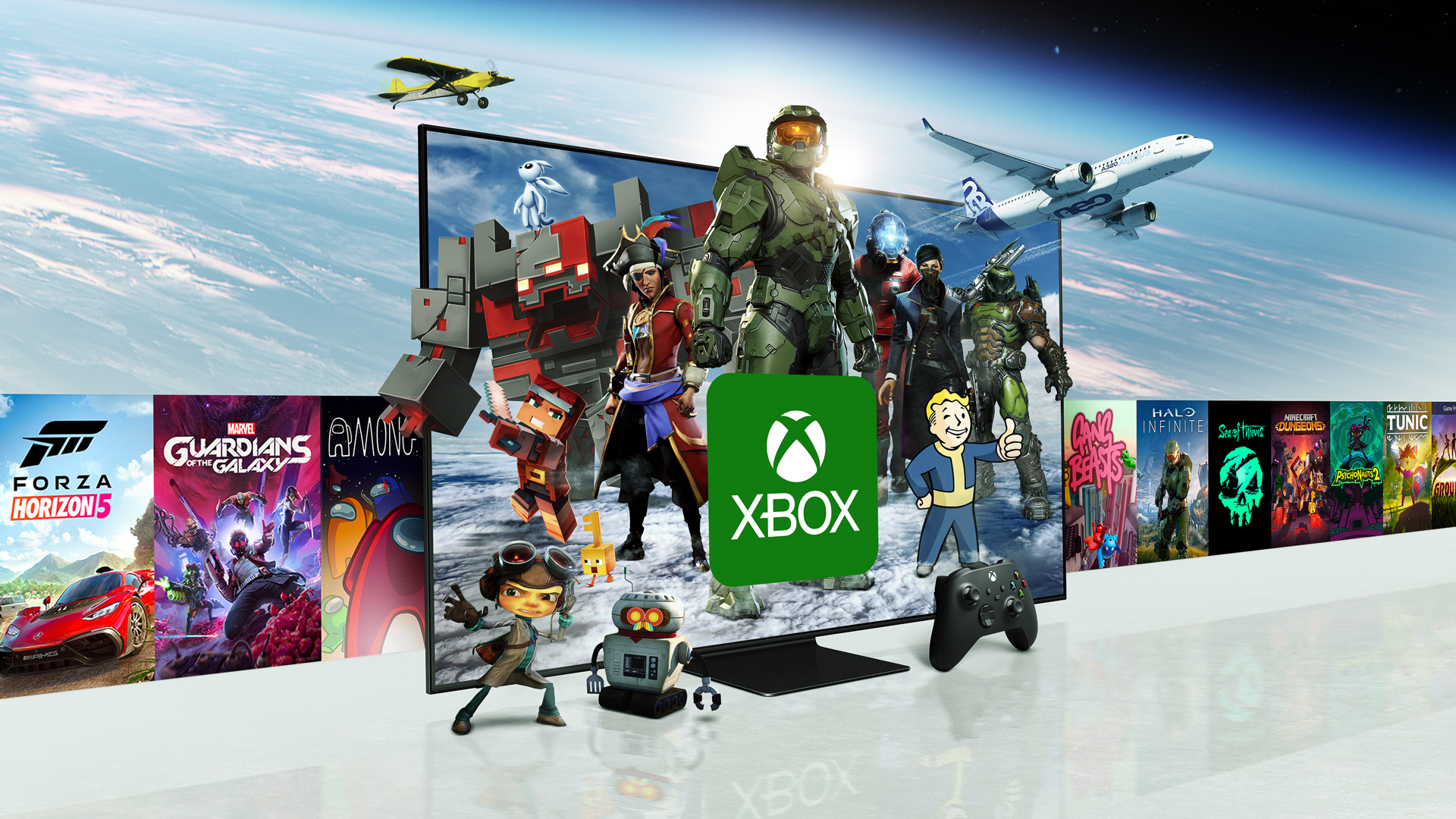
To be fair, Stadia pioneered the “buy a game, then play it on any screen in your house” model. This was a revolutionary idea, and one that the games industry has embraced in a big way over the past two years. The fact that you could buy a game on your PC, start playing it instantly, move over to your TV, then pick it up on your phone before bed was a huge feather in Stadia’s cap, and, for a while, a feature that no other service could offer.
Less than a year after Stadia launched, Microsoft incorporated game-streaming functionality into Xbox Game Pass
However, the games industry is quick to imitate, and less than a year after Stadia launched, Microsoft incorporated game-streaming functionality into Xbox Game Pass. Instead of simply downloading games, Xbox players could now stream titles to their Android phones and tablets, with full cross-save functionality.
Over time, Microsoft added streaming support for iOS devices, Web browsers and even Xbox consoles. While Xbox still doesn’t offer the ability to stream every game you already own, the company is actively working on this feature. In the same time frame, Nvidia GeForce Now launched, and offered gamers the ability to take their PC libraries on the go with them.
What Microsoft and Nvidia both got right — and what Google never even attempted — is that cloud gaming is not a one-size-fits-all solution. Sometimes, gamers want to download titles, and sometimes, they want to stream them. Even when Stadia was running at peak performance, it felt just a little bit worse than playing on a console or PC. By offering gamers the chance to leverage the powerful hardware they already own, or make a few compromises to stream on a more lightweight system, Game Pass and GeForce Now essentially beat Stadia at its own game.
Granted, even today, playing games on multiple screens isn’t as seamless with Xbox Game Pass or Nvidia GeForce Now as it was with Stadia. But the point is not that these services are unilaterally better — the point is that they made consistent improvements and substantial additions over time. Stadia’s fundamental conceit never evolved in three years, even when it was clear that the rest of the industry had come up with better solutions.
A hybrid future
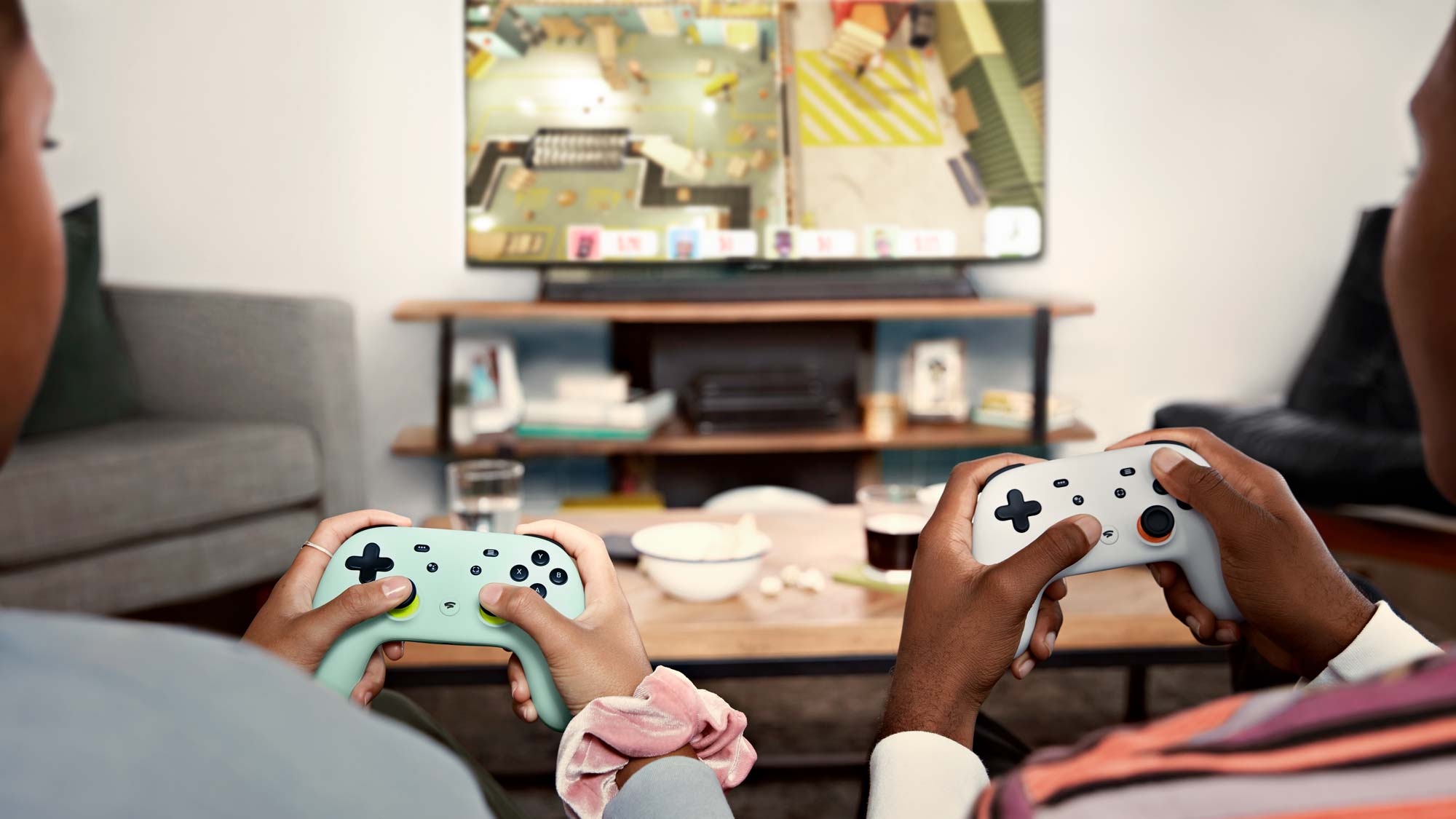
Even before Stadia came out, I had expressed my concerns about whether gamers would really need it. The answer now seems clear.
In a way, Stadia was ahead of its time, but I don’t think we’ll find ourselves pining for it a few years down the road, as we do with the PlayStation Vita. Google had to have been aware of Stadia’s shortcomings, but never took meaningful steps to address them. Other products will also fill the niche that Stadia leaves behind, and arguably fill it better.
If anything, Stadia is a cautionary tale about impressive tech that doesn’t solve any particular problem. Within the next few years, cloud gaming could revolutionize the industry. If and when it does, I wonder whether we’ll see Stadia as a necessary first step, or an early blunder.
Sign up to get the BEST of Tom's Guide direct to your inbox.
Get instant access to breaking news, the hottest reviews, great deals and helpful tips.
Marshall Honorof is a senior editor for Tom's Guide, overseeing the site's coverage of gaming hardware and software. He comes from a science writing background, having studied paleomammalogy, biological anthropology, and the history of science and technology. After hours, you can find him practicing taekwondo or doing deep dives on classic sci-fi.

